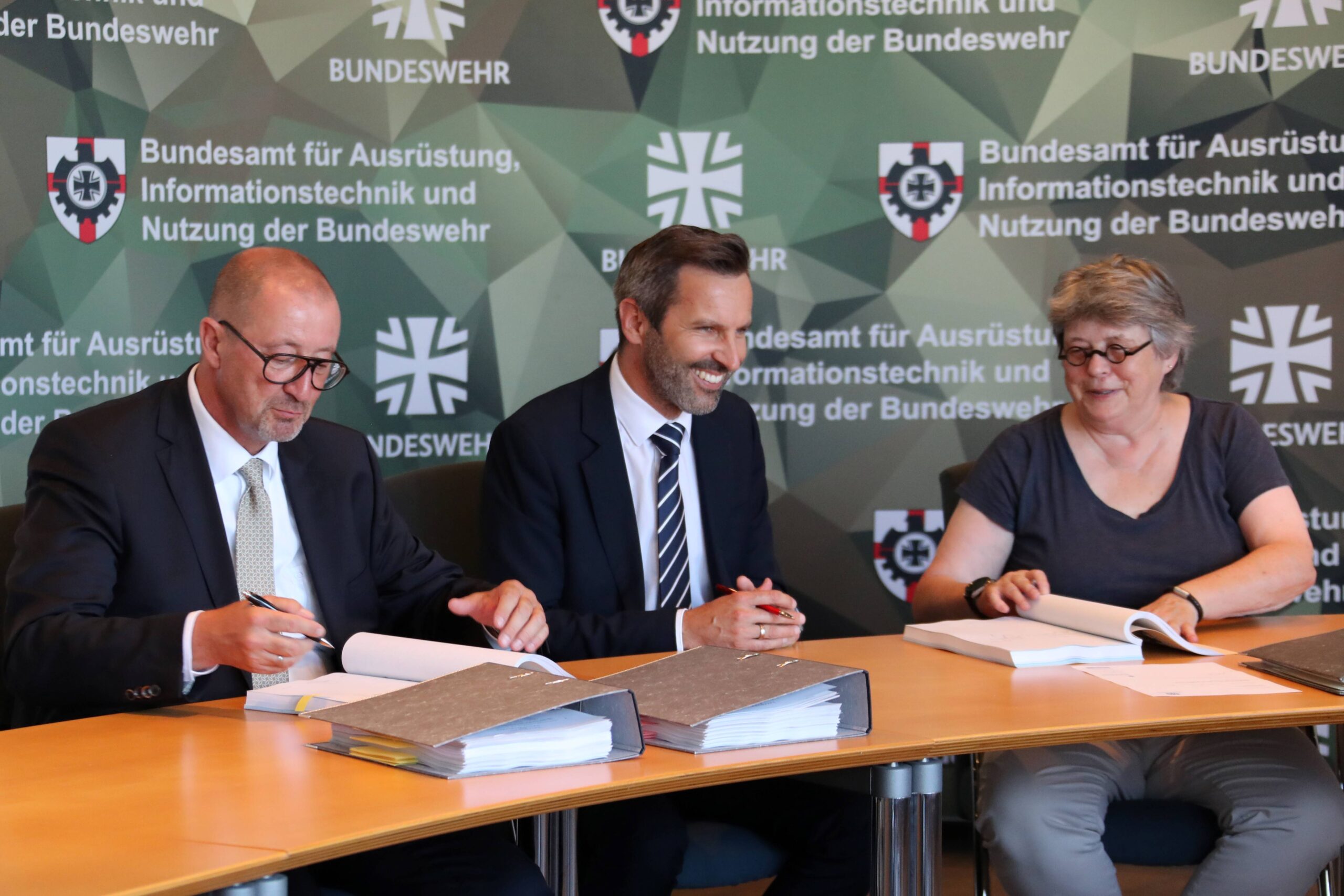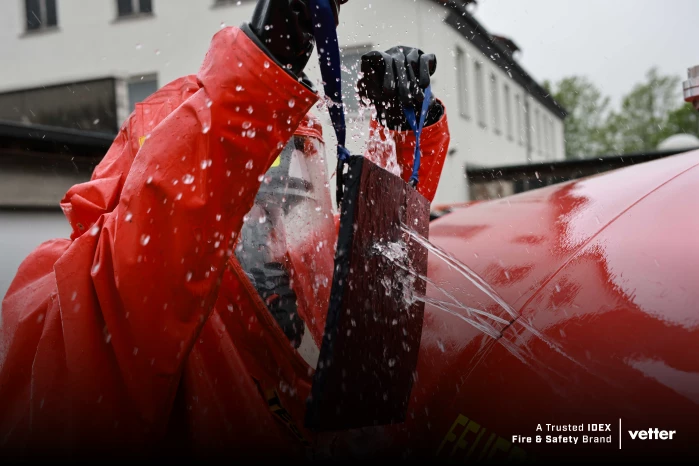Fire hazards such as large quantities of fuel, combustible/flammable liquids, electrical hazards, combustible dusts, and warehousing are common in electric power generating plants. Although fires are not a daily occurrence, they usually will cause severe property damage and business interruption. Many power generation plants are ten to 20 years old, and sometimes the fire protection equipment systems have not received attention since they were installed. If these systems are needed, however, they are counted upon to perform reliably and protect vital plant equipment from fire. Fire protection systems are a combination of mechanical and electrical components and, like power generation equipment, need regular attention.
In addition, some people in charge of fire protection do not have an adequate knowledge of necessary inspection and testing frequencies, or they use the minimum frequencies prescribed by their authority having jurisdiction. For example, some jurisdictions only require annual water flow alarm tests on sprinkler systems, a frequency which is considered inadequate by most fire protection professionals.
The information contained in this article is based on the current standards established by the National Fire Protection Association (NFPA), the most widely used in North America, and generally accepted guidelines. Most fire protection systems are designed and installed according to these standards. Unfortunately, information on inspection, testing and maintenance is not contained in a single standard but is contained within the various system-specific standards, making it cumbersome and difficult to obtain an overview of the tasks which need to be accomplished.
Other codes and standards such as UBC, UFC, BOCA, OSHA and MSHA also address fire protection, but their contents are usually based on NFPA documents and may not address testing/maintenance requirements. Members on the NFPA technical committees comprise a wide range of fire protection expertise and include representatives from manufacturers, testing laboratories, users, authorities having jurisdiction and insurance companies. Adherence to NFPA standards will satisfy most jurisdictions and insurance companies.
Getting started
The first step in establishing an inspection, testing and maintenance programme is to generate a list of all the fire protection systems at the plant. These typically range from portable extinguishers to detection systems and automatic suppression systems.
Once this list is complete, plant management needs to decide which tasks will be completed by in-house personnel and which will be contracted out. This will depend on the number and complexity of the systems as well as the availability and qualification of in-house personnel. In some areas, state law dictates that any physical testing of fire protection equipment must be performed by a contractor with an appropriate state-issued license. A telephone call to the state fire marshal’s office should clarify this issue.
The next step is to determine the frequencies of the tasks. The guidelines in this article will help to establish these. Other sources for determining frequencies include the property insurance carrier or an independent fire protection consultant. Keep in mind that different carriers have different requirements, although the gist is usually the same.
Then, a documentation system needs to be implemented. This can consist of paper forms, a computerised preventive maintenance programme (PM), or a modern bar code scanner system. Bar code scanners with their associated software prompt the inspector to report to each assigned station and to input the required data, thus making this type of system a valuable tool for larger plants. Once the round is completed, data from the bar code scanner is downloaded into a personal computer. The associated software then generates reports and highlights any discrepancies, which should be reviewed by plant management.
Documentation
Documentation is an essential part of a good programme. The information contained on the reports should accurately reflect the tasks performed. The reports should be clear, concise, and well organised. For example, a work order stating ‘sprinkler inspection’ is not adequate because it does not provide information about alarms, system pressures, riser condition, etc. Although there is no ‘universal’ report form, NFPA standards, fire protection manufacturers’ associations and property insurance carriers publish forms which can be tailored to a particular application.
Whichever method of documentation is chosen, the records should be thoroughly reviewed by management for discrepancies, acceptability of the results and any problems noted. The records should be filed in chronological order in an accessible location for review and use by other parties, such as for jurisdictional inspections and insurance company surveys. The usually required record retention time is three to five years. These records can also be used for trending analysis.
Impairments
An impairment is an expression for a fire protection system which is out of service. Impairments fall into two categories: planned and concealed. A planned impairment is usually the result of maintenance or repair; a concealed impairment is usually inadvertent. Frequent inspections help to prevent concealed impairments.
Whenever an impairment occurs, several procedures need to be followed. First, the person responsible for safety/fire protection should be notified who should then inform the plant manager. Then, appropriate third parties should be notified such as the fire department, alarm company and the property insurance carrier. The severity of the impairment must be analysed by management. There may be alternative methods of fire protection available while a primary system is impaired or the decision to take the affected equipment out of service may need to be made. Before the system is taken out of service, the affected area should be secured. This would include stopping hazardous activities, shutting equipment down and posting a fire watch.
A conspicuous tag should be attached to the system’s control valve to remind personnel that protection is temporarily unavailable, and to turn the system back on after the work has been completed. HSB Professional Loss Control provides its clients with impairment pamphlets, impairment stickers for fire protection equipment and red impairment tags.
Microbiologically Induced Corrosion (MIC)
A phenomenon found recently across the United States, but mainly in the Southwest and West, this condition has caused premature corrosion in sprinkler system piping and heavy tuberculation (scale which inhibits water flow). Some plants have reported that five-year-old sprinkler piping has developed leaks that warrant the replacement of piping or extensive repairs. Underground piping does not seem to be affected because of increased circulation. Tests have shown that a chlorine concentration of 3 ppm kills the microbes. This condition is especially likely at plants which have their own water supply (wells, tanks and ponds). If the water supply is from a municipal source, the water has most likely already been chlorinated, but the level of chlorinating may not be enough.
Common problems
Downsizing often results in the reduction or elimination of jobs in the area of maintenance, particularly for systems that do not directly generate revenue. As personnel experienced with fire protection systems leave, fire protection-related tasks often are assigned to inadequately trained personnel, or are not done at all.
One frequent comment is: "We comply with the state’s requirements." Just because a programme complies with the requirements of a local jurisdiction or fire department does not mean that the frequencies are adequate, but merely states that certain minimum requirements are met. Compliance with NFPA standards is one of the best ways to maintain an acceptable level of fire safety.
Otherwise skilled technicians and mechanics are not necessarily qualified to perform inspections, testing or maintenance on fire protection systems. These types of systems have unique features and are usually subject to specific code requirements. Proper training should be provided for personnel who work with fire protection systems.
Just because a maintenance contract for a particular protection system is in place does not mean that all necessary tasks are performed. For example, a halon system in a combustion turbine enclosure requires testing of ventilation dampers, heat/flame/gas detectors and unit trip interlocks, in addition to weighing cylinders and testing the actuating valves.
Regular fire department inspections are no substitute for a fire protection equipment inspection and testing programme. Contrary to popular belief, fire department personnel are often unfamiliar with automatic fire suppression systems; their emphasis is on rescue, manual suppression and potential hazards to fire-fighters.
If private yard hydrants are used for wash-down purposes, the fire pumps should never be turned off. Rather, a larger jockey pump, capable of supplying a small hose stream, should be installed.
About the Author
Dominique Dieken, P.E., CFPS, is a Senior Engineer with HSB Professional Loss Control, HSB’s subsidiary fire protection engineering and consulting firm headquartered in Tennessee. He provides field engineering for electric power generation facilities in the western United States and Europe. Dominique is a graduate of Cal Poly San Luis Obispo, is a registered fire protection engineer and holds a National Board Commission. He is a member of NFPA and the Society of Fire Protection Engineers.








